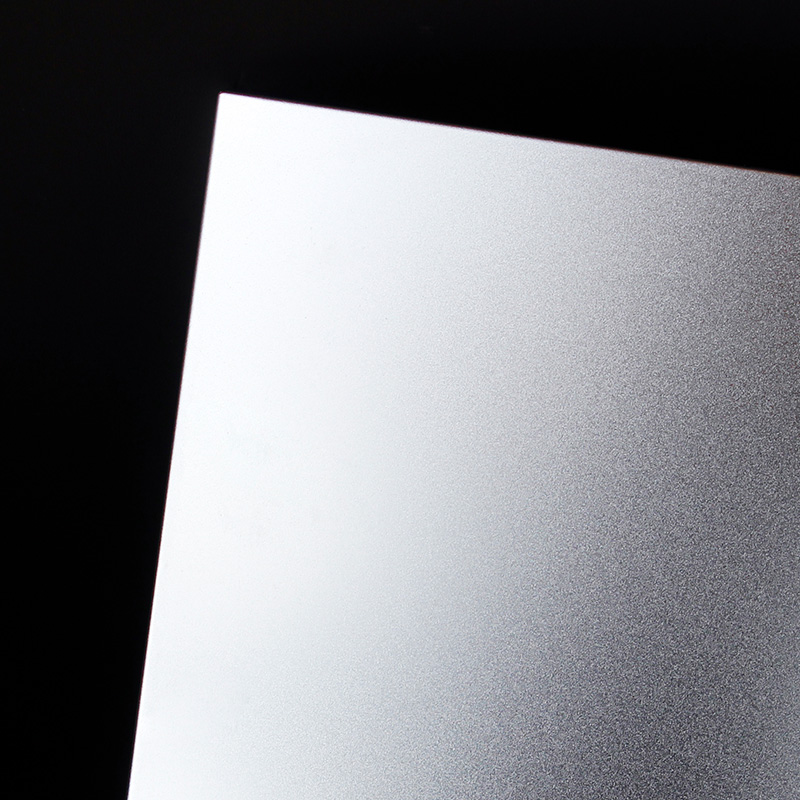As a commonly used metal material, stainless steel has the advantages of corrosion resistance, beautiful appearance, etc. It is widely used in home decoration, building materials, electrical appliances and other fields. However, the surface of stainless steel is easily scratched, affecting its appearance and service life. In order to solve this problem, engineers and technicians developed a stainless steel anti-scratch process, using various methods to treat the surface of stainless steel to increase its scratch resistance.
1,surface treatment
The first step in the stainless steel anti-scratch process is to treat the stainless steel surface. Commonly used surface treatment methods include polishing, sandblasting and pickling. Polishing can make the surface of stainless steel smooth and reduce the chance of scratches; sandblasting can increase the roughness of the surface, making it less likely to be scratched. Pickling can remove oxides and dirt on the surface of stainless steel and improve its corrosion resistance. Through these surface treatment methods, the scratch-resistant performance of stainless steel can be effectively improved.
2,coating technology
In addition to surface treatment, coating technology is also a key link in the anti-scratch process of stainless steel. Coating can form a protective film on the surface of stainless steel to increase the hardness and wear resistance of stainless steel. Common coating technologies include electroplating, spraying and chemical plating. Electroplating is to deposit metal ions on the surface of stainless steel to form a metal coating to improve its hardness and wear resistance; spraying is to spray paint on the surface of stainless steel to form a protective film to prevent scratches; chemistry Plating is a chemical reaction that forms a hardened layer on the surface of stainless steel to improve its scratch resistance. These coating technologies can be selected and used according to different needs to achieve the best anti-scratch effect.
3,material selection
In the stainless steel anti-scratch process, material selection is also very important. The material grade, composition and processing technology of stainless steel will all affect its scratch resistance. Generally speaking, stainless steel containing alloying elements such as chromium and nickel has better corrosion resistance and scratch resistance. In addition, choosing the appropriate material processing technology, such as cold rolling, hot rolling and drawing, can also improve the scratch resistance of stainless steel. Therefore, when performing stainless steel anti-scratch process, the selection of materials is very critical.
4,In conclusion
Stainless steel anti-scratch technology can effectively improve the scratch resistance of stainless steel and extend its service life through surface treatment, coating technology and material selection. Engineering and technical personnel can choose appropriate processes and materials according to specific needs to achieve the best anti-scratch effect. With the continuous advancement of science and technology, stainless steel anti-scratch technology is also constantly innovating and improving. I believe that in the near future, the problem of stainless steel scratches will be better solved.
Post time: Nov-14-2023


